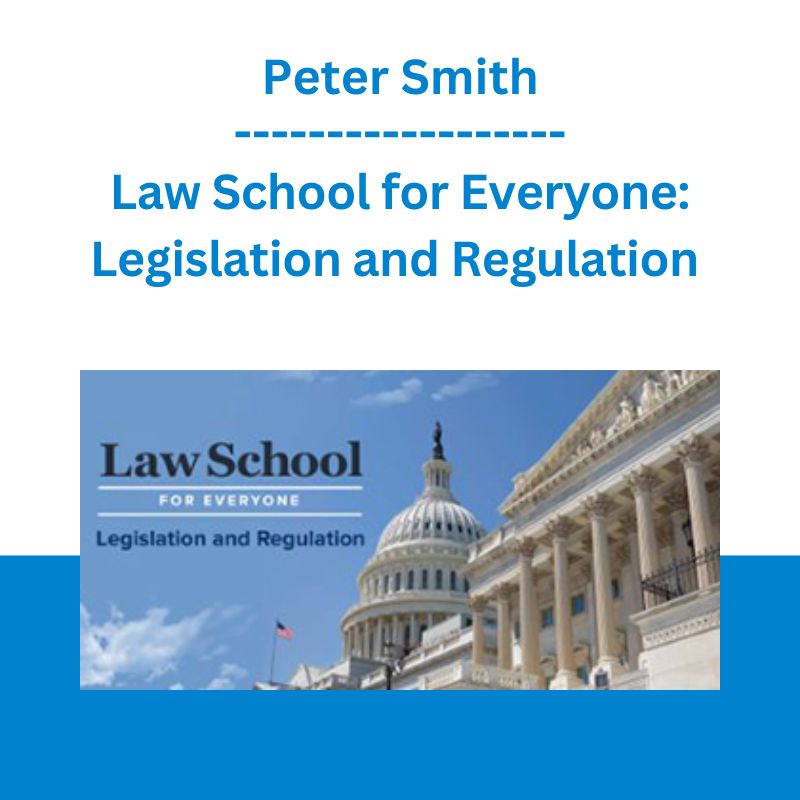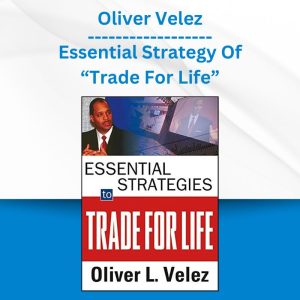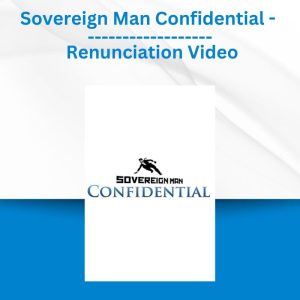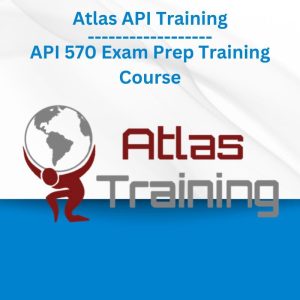*** Proof of Product ***
Exploring the Essential Features of “Law School for Everyone: Legislation and Regulation – Peter Smith”
Law School for Everyone: Legislation and Regulation
Join an award-winning law professor for an eye-opening look at how laws in America are legislated and regulated.
LECTURE
Trailer
01:Making Sense of Legislation and Regulation
Statutes, unlike judicial opinions, tend to be brief—yet they’re packed with meaning. Using a deceptively straightforward law about the use of vehicles in a public park, get an introduction to interpreting legislation and regulation. Should a statute’s plain meaning govern? Should we rely on what can be discerned about the statute’s intent? Or should we give effect instead to what seems to be the spirit of the law?
31 min
02:Regulation by Statute and by Common Law
What’s distinctive about legislation as a form of regulation? In this lecture, examine how courts have applied common-law tort and contract principles in order to regulate private behavior and choices. As you’ll discover through an in-depth look at environmental regulation and incentives for car manufacturers, things are rarely—if ever—simple.
31 min
03:Legislation and the Administrative State
Compared to most other Western democracies, it’s much more difficult to pass legislation in the United States at the federal level. Here, Professor Smith uses the Civil Rights Act of 1964 to unpack how the unique features of the U.S. legislative process affect judicial interpretation of statutes.
33 min
04:Touchstones of Statutory Interpretation
At the heart of statutory interpretation: the ability to read a legal text. Learn to do just that by thinking about how less formal kinds of interpretation in everyday life can help you interpret legal texts, and discover how 1892’s Holy Trinity Church v. United States highlights the differences and similarities between interpreting legal and non-legal texts.
29 min
05:The Letter versus the Spirit of the Law
A central problem related to legislation and regulation is the famous conflict between the letter and the spirit of the law. How do we reconcile the words of a statute with the legislature’s apparent purpose? Study the famous 1889 case Riggs v. Palmer and 1967’s Age Discrimination in Employment Act, and join the debate for yourself.
30 min
06:When Is Statutory Meaning Plain?
Consider just how robust our commitment to the plain meaning of statutes should be. Cases like Tennessee Valley Authority v. Hill and West Virginia University Hospitals v. Casey illuminate whether departures from the letter of the law in order to enforce the law’s spirit should be exceptions or the rule.
30 min
07:Semantic and Substantive Interpretive Rules
Focus on the “canons of construction”: the additional set of background understandings that courts rely on to interpret statutes. McBoyle v. United States, from 1931, helps you grasp the difference between “semantic” canons (generalizations about conventional English language usage) and “substantive” ones (presumptions in favor of a particular set of outcomes).
30 min
08:How Do Courts Really Interpret Statutes?
Using the famous case of man charged with distributing LSD, probe whether the enterprise of statutory interpretation is hopelessly incoherent and unpredictable. Also, ponder whether it’s possible to articulate a theory of statutory interpretation that explains what courts actually do to resolve disputes over the meaning of statutes.
32 min
09:Federal Agencies as Regulatory Bodies
Investigate how the U.S. federal government regulates, and the relationship between this regulation and legislation. You’ll focus on how agencies such as the Federal Trade Commission “enforce” federal law—and whether we should permit Congress to give agencies in the executive branch the power to decide important questions of policy.
31 min
10:Political Control of Agency Decision Making
What can Congress do when it doesn’t approve of how a federal agency exercises the power Congress gave it? With this lecture, start thinking about how regulation by federal agencies—in hot-button matters such as immigration law and trade—raises critical questions about political control and constitutionality.
31 min
11:Judicial Review of Agency Rulings
In the United States, judicial review by the courts is the principal way federal agencies are kept in check. Professor Smith explains two basic forms of review the courts exercise over agency decisions: ensuring that they’re procedurally sound, and ensuring they’re well-reasoned and based on appropriate considerations.
32 min
12:Weighing Agency Interpretations of Statutes
Examine Chevron v. NRDC, the seminal case on the weight courts should give to a federal agency’s interpretation of a federal statute. Then, take a closer look at two other cases that offer a sense of how courts approach statutory ambiguity—MCI Telecommunications v. AT&T and FDA v. Brown & Williamson Tobacco. Conclude by considering the complicated interaction among legislatures, courts, and government agencies by which U.S. law and policy are implemented.
34 min
DETAILS
Overview
A recent addition to the traditional law school curriculum, legislation and regulation are becoming more of a mainstay in some of the country’s top law schools. Law School for Everyone: Legislation and Regulation examines everything from the nature of regulation, to the challenge of interpreting statutes based on the spirit versus the letter of the law, to the role of federal agencies in our legal system.
About
Peter J. Smith
Whether you realize it or not, we think about the substantive law all the time in our daily lives. Every time we get behind the wheel of a car, or go outside to shovel snow from the sidewalk in front of our house, or decide whether to look at a text message while we’re driving, we’re thinking about the obligations we have to avoid causing injuries to others.
Peter J. Smith is the Arthur Selwyn Miller Research Professor of Law at The George Washington University Law School in Washington, D.C. He received his B.A. (magna cum laude) from Yale University and his J.D. (magna cum laude) from Harvard Law School, where he received the Sears Prize for highest academic performance.
Before joining the faculty at GW Law, Professor Smith was an attorney at the U.S. Department of Justice, where he represented the government in the U.S. Courts of Appeals. At the Department of Justice, he defended the constitutionality of a number of federal statutes, including the Family and Medical Leave Act and the Food and Drug Administration Modernization Act (cases ultimately resolved by the Supreme Court). Before he worked at the Department of Justice, Professor Smith clerked for Judge Phyllis A. Kravitch of the U.S. Court of Appeals for the Eleventh Circuit.
Professor Smith has twice received the Distinguished Faculty Service Award for outstanding teaching at GW Law. He has published dozens of scholarly articles and is the co-author of a popular casebook on constitutional law, Constitutional Law: A Contemporary Approach. His research focuses on constitutional law, constitutional interpretation, and civil procedure.
REVIEWS
Pam68
St. Paul, MN
Worthwhile and Interesting
I bought this book because it looked like a very worthwhile subject to pursue. The transcript book is written so it is very interesting and easy to understand. Some of the terms used in this book are very familiar to me and I enjoy reading something that elaborates more on each topic discussed.
Papas4799
Choc full of good information
I have only gone thru a few of the lessons since I just bought the course but I am impressed with the vast amount of information contained in the course. The presentation and detail are outstanding and very understandable. I am enjoying listeneing and relistening to the material.
Please see the full list of alternative group-buy courses available here: https://lunacourse.com/shop/










 Greg Loehr - Advanced Option Trading With Broken Wing Butterflies
Greg Loehr - Advanced Option Trading With Broken Wing Butterflies  Julie Stoian & Cathy Olson - Launch Gorgeous - Funnel Gorgeous Bundle
Julie Stoian & Cathy Olson - Launch Gorgeous - Funnel Gorgeous Bundle  Toshko Raychev - Profit System + ITF Assistant
Toshko Raychev - Profit System + ITF Assistant